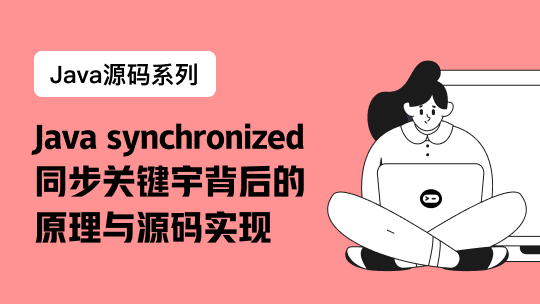1.hibernate.cfg.xml 配置
<!DOCTYPE hibernate-configuration PUBLIC
"-//Hibernate/Hibernate Configuration DTD 3.0//EN"
"http://www.hibernate.org/dtd/hibernate-configuration-3.0.dtd">
<hibernate-configuration>
<session-factory>
<property name="hibernate.connection.driver_class">com.mysql.jdbc.Driver</property>
<property name="hibernate.connection.url">jdbc:mysql://127.0.0.1:3306/student</property>
<property name="hibernate.connection.username">root</property>
<property name="hibernate.connection.password"></property>
<property name="hibernate.dialect">org.hibernate.dialect.MySQLDialect</property>
<property name="hibernate.show_sql">true</property><!-- 将SQL语句打印到控制台 -->
<property name="hibernate.format_sql">true</property><!-- 将SQL语句格式化后,打印到控制台 -->
<mapping resource="com/hibernate/User.hbm.xml"/>
</session-factory>
</hibernate-configuration>
2.User.hbm.xml 配置
<?xml version="1.0" encoding="UTF-8"?>
<!DOCTYPE hibernate-mapping PUBLIC
"-//Hibernate/Hibernate Mapping DTD 3.0//EN"
"http://hibernate.sourceforge.net/hibernate-mapping-3.0.dtd">
<hibernate-mapping>
<class name="com.hibernate.User">
<id name="id">
<generator class="uuid"/><!-- 自动生成一个32位的字符串,必须提供生成策略 -->
</id>
<property name="name"/>
<property name="password"/>
</class>
</hibernate-mapping>
3.创建User实体
package com.hibernate;
public class User {
private String id;
private String name;
private String password;
//private String rights;
public String getId() {
return id;
}
public void setId(String id) {
this.id = id;
}
public String getName() {
return name;
}
public void setName(String name) {
this.name = name;
}
public String getPassword() {
return password;
}
public void setPassword(String password) {
this.password = password;
}
}
4.ExportDB类(根据xml文件生成对应数据库的表)
package com.hibernate;
import org.hibernate.cfg.Configuration;
import org.hibernate.tool.hbm2ddl.SchemaExport;
/*
* 将hbm生成ddl
*/
public class ExportDB {
public static void main(String[] args) {
//默认读取hibernate.cfg.xml文件
Configuration cfg = new Configuration().configure();
SchemaExport export = new SchemaExport(cfg);
export.create(true, true);
}
}
5.测试类Client
package com.hibernate;
import org.hibernate.Session;
import org.hibernate.SessionFactory;
import org.hibernate.cfg.Configuration;
public class Client {
public static void main(String[] args) {
// org.hibernate.cfg.Configuration类的作用:
// 读取hibernate配置文件(hibernate.cfg.xml或hiberante.properties)的.
// new Configuration()默认是读取hibernate.properties
// 所以使用new Configuration().configure();来读取hibernate.cfg.xml配置文件
// 默认读取hibernate.cfg.xml文件
Configuration cfg = new Configuration().configure();
// 创建SessionFactory
// 一个数据库对应一个SessionFactory
// SessionFactory是线线程安全的(最好创建一次)
SessionFactory factory = cfg.buildSessionFactory();
// 创建session
// 此处的session并不是web中的session
// session只有在用时,才建立concation,session还管理缓存。
// session用完后,必须关闭。
// session是非线程安全,一般是一个请求一个session.
Session session = null;
try {
session = factory.openSession();
//手动开启事务(可以在hibernate.cfg.xml配置文件中配置自动开启事务)
session.beginTransaction();
// 保存数据,此处的数据是保存对象,这就是hibernate操作对象的好处,
// 我们不用写那么多的JDBC代码,只要利用session操作对象,至于hibernat如何存在对象,这不需要我们去关心它,
// 这些都有hibernate来完成。我们只要将对象创建完后,交给hibernate就可以了。
User user =new User();
user.setName("Lee");
user.setPassword("00");
session.save(user);
//提交事物
session.getTransaction().commit();
} catch (Exception e) {
e.printStackTrace();
//回滚事物
session.getTransaction().rollback();
}finally{
if (session!=null) {
if(session.isOpen())
//关闭session
session.close();
}
}
}
}






